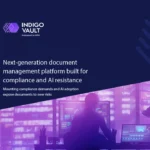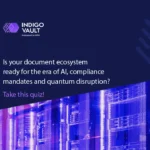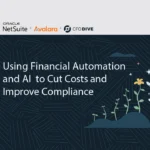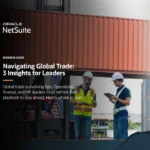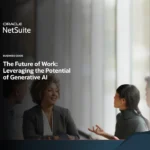THE CHALLENGES
Developers have had to build around commercial relational databases such as Oracle, SQL Server, and DB2 that lock them into creating monolithic, legacy applications—which end up being expensive and difficult to scale, and risk security and compliance. Businesses have felt the limitations, with silos hindering agility and limited developer tools transferring from database to database. Today, organizations want to break free from legacy systems to maximize the value of their data and tackle next-gen application development around analytics and AI, which requires diverse data models and open standards that integrate seamlessly with modern data stacks.
- Boundaries to innovation: Modern applications require diverse data models and the accessibility, interoperability, and cost benefits of open standards across transactional, analytical, and AI workloads.
- Vendor lock-in and constraints: Legacy applications built on relational databases make them difficult to integrate with other modern tools and reliant on high licensing costs.
- Security and compliance: As technology progresses, support for older systems slows down—even with manual upgrades, legacy applications risk security and compliance issues. The alternative of community PostgreSQL lacks important security features to meet modern data and AI sovereignty requirements.

